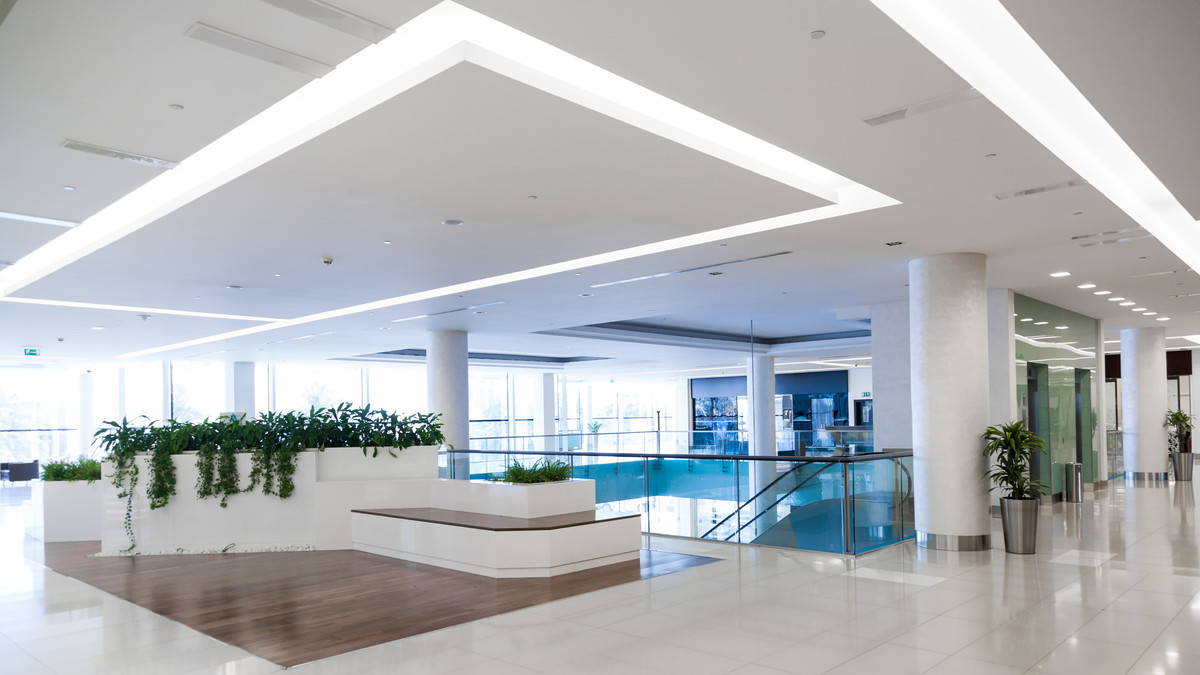Compared to today, the physical world of the future will be planned without much guesswork involved. It will be developed in an inch-by-inch fashion, thanks to 3D-mapping startups like Fantasmo, Matterport, Deepmap, Velodyne Lidar and Netradyne.
3D mapping (also called projection mapping or spatial-augmented reality) is a technology that projects a two-dimensional or three-dimensional object onto a display surface through spatial mapping. It’s a virtual reality that allows us to better understand a physical area. Its potential use cases are broad and aspirational and include public safety, urban planning, artistic endeavors and physical retail. It’s why hundreds of millions of venture-fund dollars are collectively going into the sector. And of all the use cases out there for the technology, retail may be the most commercially viable.
This technology is so new that publicly explained use cases are hard to find, even though 3D mapping’s potential is huge. Going forward, here are a handful of ways retailers can apply the technology to increase sales.
Rethinking store designs
This space is already using footfall data for strategically deciding where to open stores. Soon, they’ll use 3D-mapping technology to decide on new store locations while also reimagining them as innovative venues.
They’ll be able to see how shoppers move around a store at a granular level, and they will be able to conceptualize how spaces can be optimized. These ideas will create better-located product displays and situate fitting rooms where people can easily find them. Retailers will also be able to make stores accessible to disabled customers by analyzing to the centimeter whether store aisles, curbs and ramps have been designed well enough for everyone to easily experience mobility.
Improving ROI on campaigns
What’s more, retailers can use their 3D modeling to offer interactive store maps for customers and employees to use. These maps can be on a touchscreen in the store or on a brand’s mobile app. Store reps will aide customers more efficiently, and the 3D-map-powered app can help train employees about the ins and outs of a store and the location of its products.
On a brand’s mobile app, an interactive map can also move products off the shelves by creating a tab for advertising store specials. With wayfinding technology, retailers can direct shoppers to where exactly the featured product is located. Better store navigation will create better conversion rates for mobile, digital and traditional ads.
Creating a better CX
Historically, department stores have used two-dimensional store maps that, frankly, haven’t always been helpful. This won’t be the case going forward. It all started with Macy’s iconic Herald Square store in New York City offering turn-by-turn in-store directions a half-decade ago via its mobile app. 3D will make mobile maps more sophisticated and useful, thanks to location data.
And since parking is always a concern for most American shoppers, especially on the weekend, such a location-powered 3D map can also incorporate a real-time parking-lot data feed, allowing customers to know where they can find a spot for their car.
Testing formats for customer behavioral differences
Chains, in particular, are going to gain effective operational advantages from 3D mapping. Once they optimize the layout of one store, they can test it across other locations. They may find one store design fits all nationally, or they may find that some layouts work better in the South than in the Midwest.
Marrying VR with reality
Additionally, 3D mapping will combine virtual reality and real life in fascinating ways. One unusually cutting-edge example is Fashion Nova, a DTC retailer that uses 3D mapping to mesh online with offline.
The brand’s smartphone app lets shoppers transpose both virtual shopping items and physical products onto an actual physical object like a table with real-time video via the phone’s camera. These features allow shoppers to assemble outfits and wardrobes by intermixing physical and virtual clothing.
Pointing to the future of retail
Plain and simple, retail is changing radically, weaving physical and digital experiences together. For instance, the DTC movement started online, but it has made noise recently with all the new brands’ storefronts sprouting up.
3D mapping can help retailers open up shops at the right location with the right floor layouts and bolster ROI by bridging the gap between mobile and brick-and-mortar commerce. This technology emphasizes the power of location data, underscoring a future that retail-minded technologists are rightfully stoked about. When fully realized, 3D mapping is going to make the way we interact with space a richer experience.
This article was written by Ocean Fine from Adweek and was legally licensed through the NewsCred publisher network. Please direct all licensing questions to legal@newscred.com.
